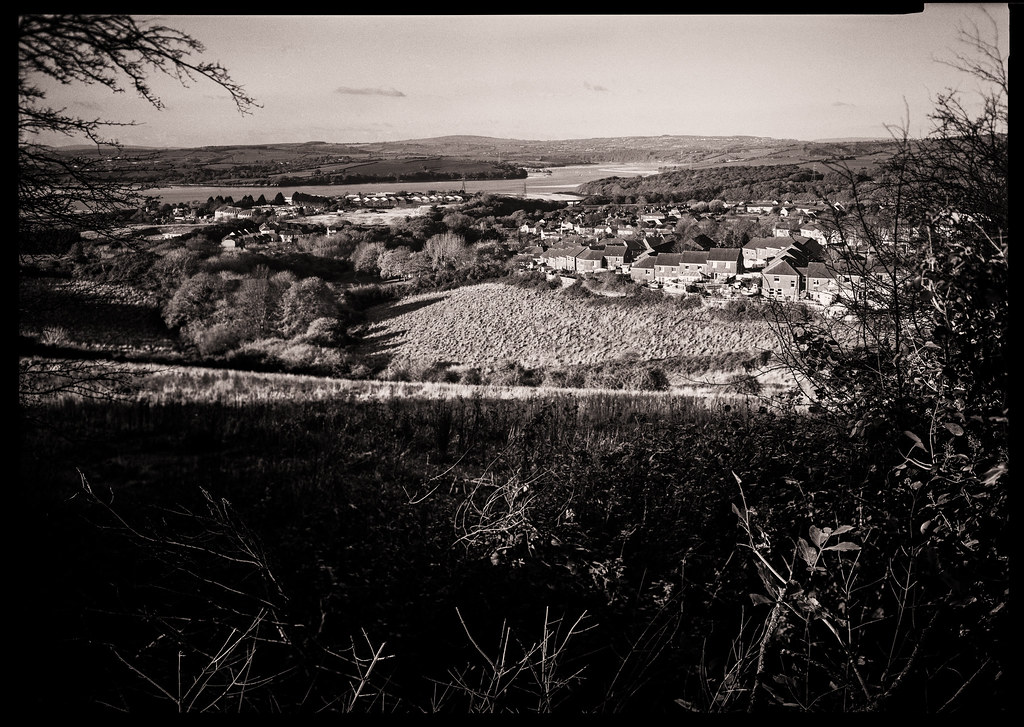jzagaja
Well-known
An example of an old ORWO 6x6 negative - 2000 dpi scan.






Well, things are looking up, I moved the scanner and took it all apart cleaned it out and after putting it back together again managed to get a 2100dpi scan from a 5x7 negative. I used an aperture size of 2 as you suggested Margus and it seems to have helped.
HP5+ taken on Canham MQC with a circa 90 year old Wollensak Velostigmat WA Series III 6.25" f9.5 lens at 1/10th Sec @ f22. Processed in divided Pyrocat HD.
Epson has a problem with 6x6 negs (focus) but VueScan helps. Again difference is in grain aliasing.






Do you know where is aperture selection in CQ for Windows? Preview yes but for scan?
Another shot slightly blurred - probably at full aperture.
Good shots!
Could also be a bad focus.
Very good detail in the center of the image, some distorion in the corners but pretty normal from lenses of that age.
Aperture no. 3 could work well as well.
How does Digital Photo Lab handle negatives? Good interface? I remember Phil Lippincott - very nice person.


